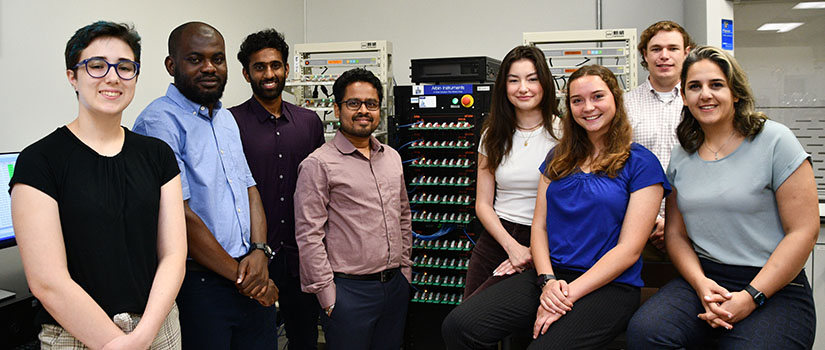Manufacturers sorting out their five-year strategic manufacturing architectures have come to realize that strategic vision—while vital to the future—isn't going anywhere until the fires in the plants are put out. Just ask the business owners: Investments in fundamentals are desperately needed.
Manufacturers sorting out their five-year strategic manufacturing architectures have come to realize that strategic vision—while vital to the future—isn’t going anywhere until the fires in the plants are put out.
Just ask the business owners: Investments in fundamentals are desperately needed. Yet the pervasive practice within manufacturing of placing the burden of technology adoption squarely on the plant P&L gets in the way of progress. Have we established a system that rewards local optimization at the expense of strategic goals?
Progressive manufacturers acknowledge that any operations excellence transformation must include a revamping of project funding models to encourage plant-level adoption of new technologies. Plant financial performance and employee incentives shouldn’t be adversely affected.
The two examples that follow illustrate collaborative shared-risk approaches to project funding and execution that encourage adoption of strategic technologies, and therefore, progress in realizing strategic visions.
Advanced manufacturing technology/central engineering groups . These are centralized corporate engineering/IT organizations with the budget to invest in technologies deemed strategic to the organization. This group is charged not only with identifying strategic manufacturing technologies, but with creating, testing, and deploying new processes and applications to selected plants on a project basis. Projects are generally initiated by the business. Depending on the internal organization, the business case may be proposed by the product-line manager, brand owner, or by a specific facility owner; and is prioritized on ROI (based on net present value).
The plant assumes the project cost burden (again, net present value) only after the technology or application has been validated in the production environment. The underlying rationale is that the plant should not have to assume the burden until the project is yielding a return—i.e., increased production efficiencies, capacity, or some other benefit to the P&L that offsets the cost.
Centers of excellence . In this scenario, facilities are selected as corporate centers of excellence for specific processes. The plant agrees to pilot the new processes and technologies, and in return for assuming the risk associated with being an “early adopter,” enjoys a corporate subsidy on license, first-year maintenance, training, and deployment expenses—in addition to becoming a corporate showcase and proof point for ROI. We’ve yet to see a best practice for managing depreciation in this case, so write-ins from our readers are welcome.
The intent, in both cases, is to first make progress on strategic goals realization, and demonstrate to other plant-level organizations that there are tangible benefits to be gained from adopting the technology. Both of these approaches also recognize the financial realities that the plants live with, and aim to alleviate some if not all of the financial barriers to adoption.
We recognize that the relationship between corporate IT and manufacturing often is cordial at best, but it’s less about culture than it is about compensation plans. We continue to research innovative approaches to negotiating the strategy-versus-compensation-plan dilemma, and if you’ve got additional thoughts on the issue, drop me a line.
| Author Information |
| Alison Smith is a director within AMR Research’s Market Services group, where her current focus is on manufacturing operations. Smith offers insight on applying manufacturing execution systems, enterprise manufacturing intelligence, and asset performance management solutions across vertical industries. She can be reached at [email protected] . |



